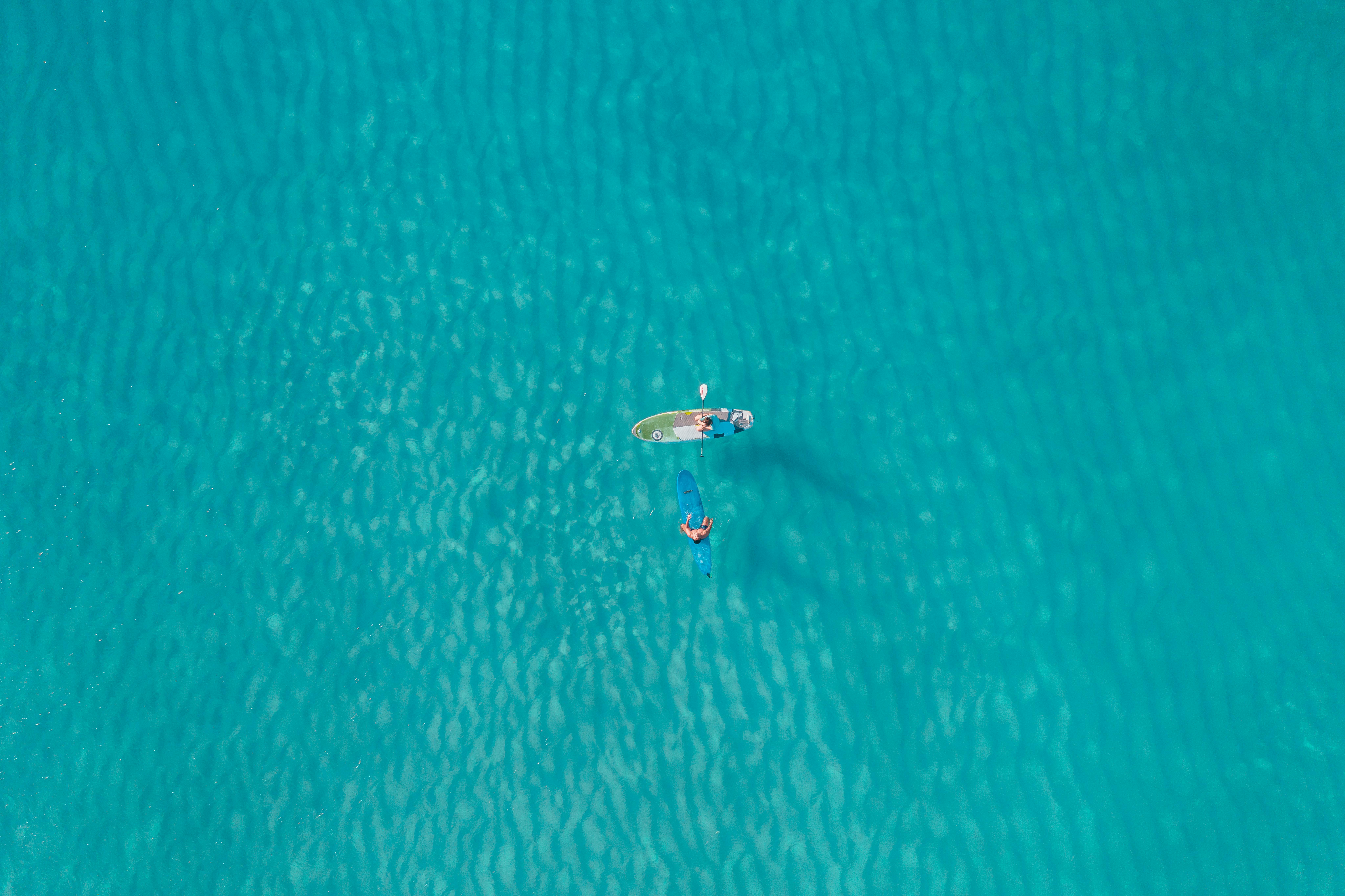An autoimmune disease is a medical condition in which the body’s immunity turns against itself; Polyarteritis nodosa (PAN) is one of those rare autoimmune disorders. The pathophysiology of this disease mainly involves inflammation of the small arteries of the body. This mainly affects the skin, joints, peripheral nerves, intestines, and kidneys, and causes symptoms such as fever, night sweats, weight loss, muscle and joint pain, and skin ulceration or nodule formation. This is a serious condition, and mortality or morbidity may be due to spontaneous bleeding at multiple sites in the body or due to irreversible damage to the intestines, kidneys, heart, or brain.
Widespread inflammation of the arteries can be quickly controlled with steroids and immunosuppressants, which can stop or prevent bleeding, organ damage, and multiple organ failure. Although these drugs can save lives in the short term, they do not significantly improve long-term prognosis; in fact, most of these drugs have serious side effects when taken for long periods of time or in high doses.
Ayurvedic herbal medicines are very effective in treating the two hallmarks of PAN, inflammation and autoimmunity. These promote healing and reverse damage to affected organs by treating microaneurysms, heart attacks, nodules, and ulcerations. Herbs also trigger immune modulation to gradually stop the disease process. Sometimes PAN can be related to or caused by hepatitis or other infections. Ayurvedic medicines are also effective in treating chronic infections of this type.
The clinical spectrum of PAN can be quite varied, with some patients presenting with very mild symptoms, while others may have a very aggressive and fulminant form of the disease. While mild symptoms can be treated using only herbal tablets, severe and aggressive presentations of the disease should be treated with oral medications and Panchkarma Ayurvedic procedures such as induced emesis, induced purgation, and one or several cycles of medicated enemas. This is usually followed by a herbal rejuvenation therapy. Symptomatic treatment and herbal immune modulation should be administered concurrently with detoxification procedures. Depending on the severity of the presentation and the patients’ response to treatment, Ayurvedic herbal medicines can achieve significant improvement or complete remission in about four to eighteen months.
In short, PAN is a serious disorder that needs prompt and aggressive treatment, otherwise it can prove fatal. While modern treatment can definitely prove rapidly effective in controlling symptoms, it is not a satisfactory long-term treatment modality. That being said, for acute or emergency medical care, there is no alternative to a fully equipped modern intensive care medical unit.
Ayurvedic treatment is a slow start and may not be recommended for an emergency situation; however, herbal medicines can successfully control and treat PAN in the long term and significantly reduce the morbidity and mortality resulting from this disease. The Ayurvedic herbal treatment scores highly in terms of efficacy, safety, and affordability. Starting treatment early ensures complete cure and reduces the chances of long-term complications or relapse. From the point of view of the patients, a judicious combination of modern and Ayurvedic treatment is the best option to ensure a quick and complete recovery, while minimizing the risk.
